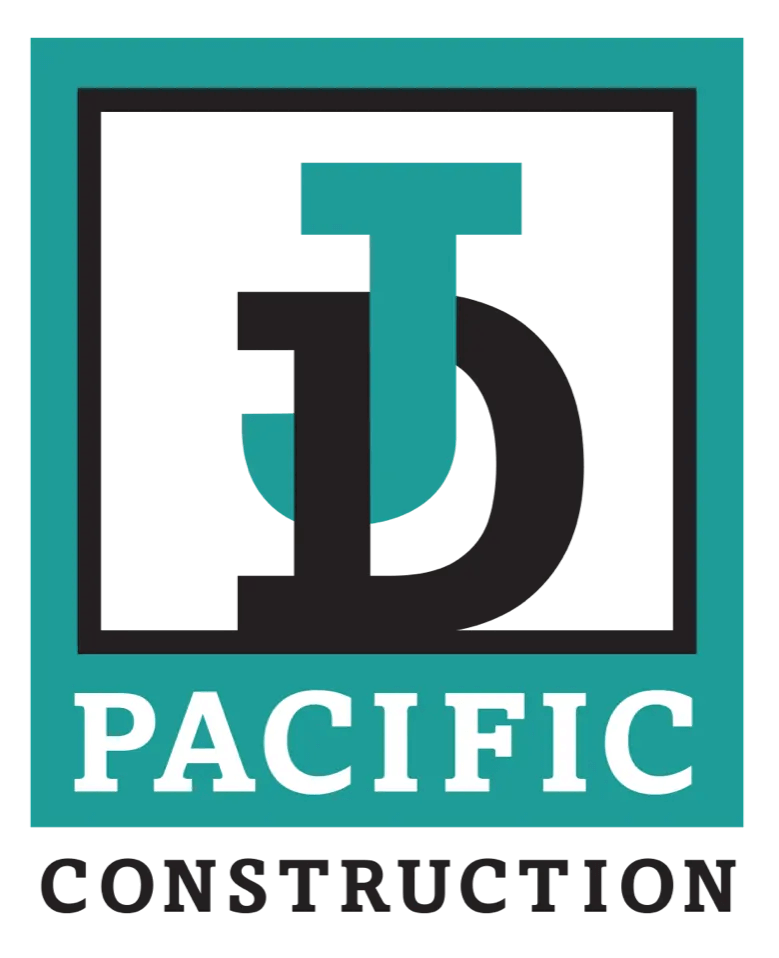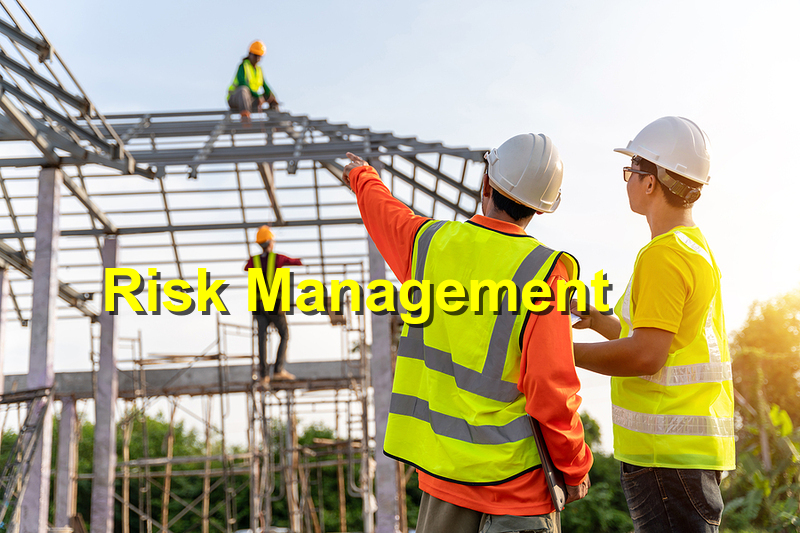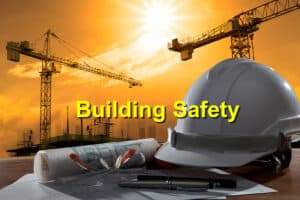The construction industry is rated as one of the riskiest industries to work in, accounting for the largest percentage of work-related fatalities. Many accidents and other dangerous outcomes emerge from carelessness and poor management of risk factors which often result in injuries and sometimes death. It is, therefore, crucial to develop a good risk management strategy to keep your workplace free from unnecessary accidents that could be costly. In this article, we are going to introduce you to some of how you can reduce or manage risk in case of its occurrence.
Risk Management in Construction
Risk management involves the processes that construction companies can use to help them keep work-related risks under control. It involves identifying potential future risks and evaluating the procedures available to mitigate their impact. Here are some of the processes you can use to reduce and manage risk in construction.
- Identifying the Risks
This procedure involves identifying the potential risks that the project presents by assessing the various potential danger spots along the way. Risk identification should take place during the preconstruction phase of the project to allow for time to manage any potential risks before accepting them. The best way to analyze risks is to hold brainstorming sessions with your project team and stakeholders and analyze the project and even review how past projects were managed.
- Determine Your Risk Response Strategy
Each risk identified will require a different response strategy for mitigation. The risk response techniques fall into four main categories including:
- Avoiding the risk. This strategy involves avoiding undertaking a project that poses a threat far too big to be managed by your company. Possibly due to lack of equipment.
- Transfer the risk. This process involves the use of insurance companies who will step up and deal with the risk in case the risk occurs.
- Mitigate the risk. This process involves creating strategies to make the impact of the risk as little as possible. This could involve using safety equipment or training workers.
- Accept the risk. This strategy applies where you are unable to control the risk, for example, bad weather.
Prioritize Risks in Order of Importance
When undertaking a building project, you are faced with several different risks. You need to determine the different risks and understand the most crucial and urgent risks that need to be addressed immediately.
Execute a Risk Management Plan
In case the risk has already occurred, you need to execute the risk management plan you had already developed. A risk plan optimizes your risk response strategy, detailing crucial information for team members and providing solutions to either mitigate, transfer, or accept the risks.
Conclusion
Risks are a major culprit in construction accidents and fatalities in the construction industry. Developing a good risk management strategy will always go a long way in mitigating risks.
References: Bigrentz, Levelset, Lucidchart




